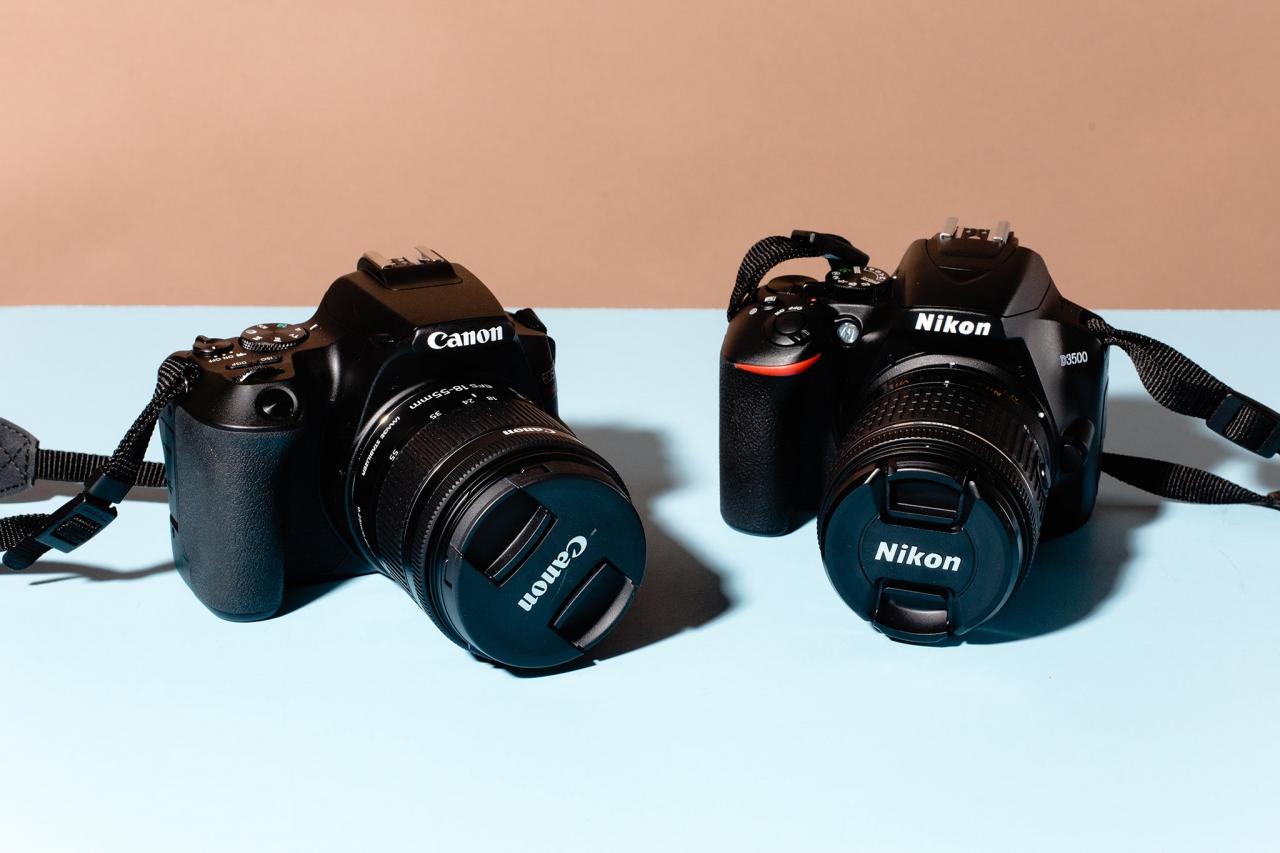
Introduction
The art of photography is continuously evolving, much like the technology that enables it. As the celebrated photographer Ansel Adams once said, “You don’t take a photograph, you make it.” In today’s digital age, the tools we use to ‘make’ these photographs have dramatically improved, with Digital Single-Lens Reflex (DSLR) cameras being a prime example.
The Evolution of DSLR Cameras
DSLRs have come a long way since their inception. They combine the optics and mechanisms of a single-lens reflex camera with a digital imaging sensor. This blending of technologies allows photographers to capture high-quality images while maintaining manual control over various photographic elements, such as aperture, shutter speed, and ISO sensitivity.
Modern DSLRs are now packed with features that were once unheard of, like face-detection autofocus, in-camera image stabilization, and 4K video recording. Even wireless connectivity has become a standard feature, allowing photographers to transfer images to their devices or the cloud instantly.
The Top DSLR Cameras in the Market
The market is saturated with a plethora of DSLR cameras, each boasting unique features. Here are some of the latest and most noteworthy:
Canon EOS 5D Mark IV: Canon’s EOS 5D series has long been a favorite among professional photographers. The Mark IV version is no exception, offering a full-frame 30.4 Megapixel sensor, 4K video recording, and a 61-point autofocus system. Its standout feature is Dual Pixel RAW, which allows photographers to adjust the focus slightly after taking the shot.
Nikon D850: The Nikon D850 is a versatile camera that caters to almost any kind of photography. It boasts a full-frame 45.7 Megapixel sensor, 4K video recording, and a 153-point autofocus system. Its remarkable ISO range, extending up to 102,400, makes it an excellent choice for low-light photography.
Sony A99 II: This camera is unique because it’s a Single Lens Translucent (SLT) camera rather than a traditional DSLR. It uses a fixed, translucent mirror that splits light between the image sensor and the autofocus sensor. The A99 II offers a full-frame 42.4 Megapixel sensor, 4K video recording, and a hybrid autofocus system with 399 phase-detection points.
Choosing Your DSLR: Factors to Consider
When choosing a DSLR, several factors need to be considered:
Sensor Size: Full-frame cameras offer the best image quality but are pricier. APS-C cameras, on the other hand, are more affordable and compact but deliver slightly inferior image quality.
Resolution: More megapixels allow you to capture more detail and print larger photos, but they also require more storage.
Autofocus System: A good autofocus system ensures sharp photos. More autofocus points and cross-type sensors mean better focus accuracy.
ISO Range: A wider ISO range allows you to adapt to various lighting conditions. However, high ISO levels can introduce noise to your images.
Additional Features: Consider additional features like video recording capabilities, burst shooting speed, built-in Wi-Fi or Bluetooth, and the range of available lenses.
Conclusion
In the ever-evolving world of photography, the right tools can make a significant difference. A DSLR is more than just a camera; it’s a creative companion that can help you realize your vision. As the famous photographer Elliott Erwitt said, “To me, photography is an art of observation. It’s about finding something interesting in an ordinary place… I’ve found it has little to do with the things you see and everything to do with the way you see them.” With the right DSLR in your hands, you can indeed see and capture the world in extraordinary ways.
















